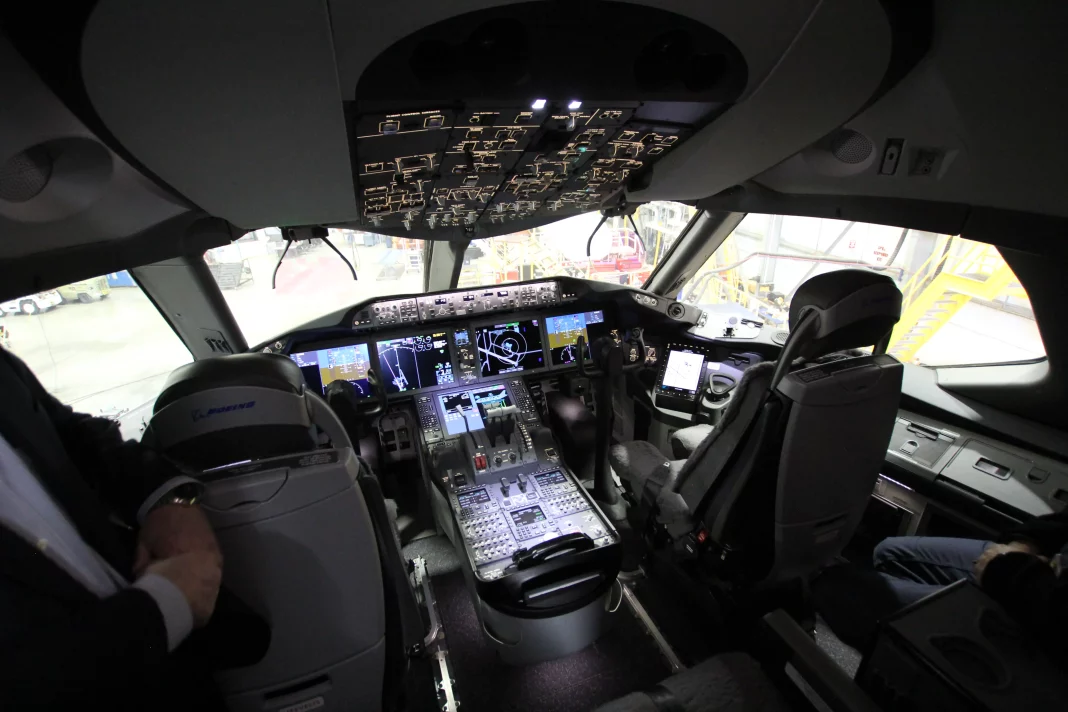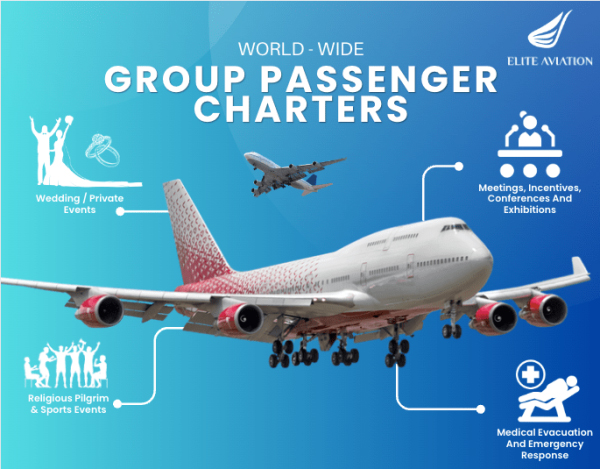By John McDermott
The Pros and Cons of the Two Paths to Becoming a U.S. Airline Pilot
Any flight student or instructor is acutely aware of the two types of flight schools: Part 61 schools and Part 141. Though they get you to the same final destination – pilot certification – each has its own distinct qualities, and each is (usually) used either by pilots looking to fly recreationally or professionally. Let’s take a look at the distinctions between these two types of flight schools.
It’s important to note that this article is based on generalities. We do not have the space here to hit every point in the Federal Aviation Regulations nor to consider every opportunity that student pilots find themselves in. However, this should provide a good overview of the two major types of flight training in the United States and the roles they play in feeding the aviation industry newly-minted pilots.
The terms “Part 61” and “Part 141” refer to the regulations that define each school. The Federal Aviation Regulations (FARs), which are under Title 14 of the Code of Federal Regulations (14 CFR), use Part 61 to outline the certification requirements for pilots, flight instructors, and ground instructors. It includes sections such as the applicability of the Part; required training, aeronautical experience, and endorsement and flight review requirements; as well as whether and when certificates expire. Essentially, Part 61 is the place you look if you want to know what you’ll need to do to become a pilot. It includes the necessary training you’ll need to accomplish and proficiency training you need after getting your pilot certificate.
14 CFR Part 141 governs Pilot Schools. It includes, among others, things such as facility requirements, course curriculum requirements, examining authority, and operating rules. This Part governs schools whose training is officially approved by the Federal Aviation Administration.

A Mokulele Cessna 208 on approach to Kahului International. (Photo: AirlineGeeks | Joey Gerardi)
If Part 61 governs general requirements for training and Part 141 governs Pilot Schools, why the initial differentiation between Part 61 schools and Part 141 schools? Simply put, not every flight school is governed under Part 141.
Think of it as the difference between hiring a private tutor by yourself (Part 61) to learn college material and going to an accredited college or university (Part 141). A tutor just needs to advertise their services or be found by a friend, and they can either advertise themselves locally, like in a coffee shop, or on an established tutoring website or app. Universities, meanwhile, need to develop standardized curriculums for their professors to use, they need an established method of testing student knowledge, and they need to go through the tedious process of actually being approved by a board, getting funding, and receiving government signoffs.
Flight schools are much the same way. Many students will learn to fly by hiring a flight instructor at their local airport and simply following the requirements set out in Part 61. As long as they have followed these steps and their instructor is satisfied the student is proficient in the required testing areas, the student will pass the test to get their pilot certificate. Flight schools that are governed under Part 61 generally use this same method: they hire instructors and the students are paired with an instructor through the school, but the instructors still simply follow the regulations laid out in Part 61 and ensure their student is proficient before signing them off for their practical test.
Part 141 schools are a bit more intense. The major difference, though, is that schools operating under Part 141 use an FAA-approved syllabus that they must follow to train pilots. Instead of simply training a pilot with the minimum required items in mind, schools certified under Part 141 must, per 14 CFR 141.53, “obtain the Administrator’s approval of the outline of each training course for which certification and rating is sought.” The school must follow that syllabus and receive approval before using it to train pilots.
Flight schools that are part of Universities, such as those at Purdue University or the University of North Dakota, are usually operated under Part 141. Other independent schools might also be under Part 141. Many schools, though, are not; mom-and-pop schools at small airports, many schools at small reliever airports, and independent instructors all usually use Part 61, avoiding the process of dealing with the FAA for certification and simply going straight to flying.

One of Cape Air’s Cessna 402s in Manistee (Photo: AirlineGeeks | Joey Gerardi)
Part 141 schools are much more rigid than Part 61. Since they have an approved syllabus they must follow, students are on an exact track toward their pilot certificates and often must schedule any additional lessons they need to become proficient in maneuvers around that approved syllabus. Meanwhile, students training under Part 61 need only meet the requirements for the checkride and do not need to uphold a strict schedule. It is much easier for students under Part 61 to go at their own pace; they can schedule lessons when their schedule allows and take as few or as many hours as they’d like to finish their training.
However, Part 141 schools do have benefits for pilots. Since their syllabi, training structure, and examination plans are approved by the FAA, it is assumed that their training is of higher quality due to the additional oversight. Private Pilot and Instrument Rating candidates need only 35 flight hours to apply for the checkride (vs 40 for Private at Part 161), and IFR candidates under Part 141 do not need to meet the 50 hours of Cross Country PIC requirement that their counterparts under Part 161 do. Commercial Pilots under Part 141 only need 190 flight hours (vs 250) to be qualified for the checkride, and students under Part 141 can receive a restricted Airline Transport Pilot (ATP) license to fly for major airlines at 1,000 hours instead of 1,500 as long as they did at least their Instrument Ratings and Commercial Certificates under Part 141.
Due to these reduced flight time requirements, people who want to become professional pilots tend to gravitate toward Part 141 schools, while people who are flying for personal reasons tend to train Part 61. This is, of course, a generalization. Many pilots complete all their pilot training requirements under Part 61 and find a way to do their additional 500 hours by working as a pilot or either renting or buying a plane. And, since ATP applicants can take advantage of reduced hours after only their Instrument Rating and Commercial Certificates are completed, many students planning on attending such a school will get their Private Pilot Certificate on an accelerated course under Part 61, then go on to a Part 141 school for the remainder of their training.
Additionally, Part 141 schools tend to have strong relationships with commercial operators that guarantee graduates of these schools interview, jobs or even pathway programs direct to major mainline airlines, sweetening the deal for students contemplating multiple schools. These schools often see their students transition to an instructor role at the school to build hours quickly en route to a major airline, while others flow to commuter airlines, small cargo carriers, or others to build time.

A Cessna 185 Skywagon. By Oscar Elvir Vasquez [GFDL 1.2 (https://www.gnu.org/licenses/old-licenses/fdl-1.2.html) or GFDL 1.2 (https://www.gnu.org/licenses/old-licenses/fdl-1.2.html)], via Wikimedia Commons
While Part 141 is a popular option for pilots who want a career as an airline pilot, some of the United States’ most famous flight schools still use Part 61. ATP Flight School, which is the largest flight training company in the United States with 83 locations at the time of writing, operates under Part 61. The school says that Part 141 would not provide the flexibility it needs to complete its syllabus as quickly as Part 61 can. Students cannot take advantage of the reduced flight hours found under Part 141, but they can still take advantage of the countless airline partnerships ATP has with airlines and commercial operators to become a career pilot.
As previously mentioned, flight schools operating under both Part 61 and Part 141 will get pilots to their final goal: pilot certification. At the end of the day, a pilot certificate is a pilot certificate, and pilots can exercise the same privileges regardless of which type of school they attended. Part 141 schools can, at least theoretically, get students to their goal of being a professional pilot more quickly if only for the reduced flight hours their students need for each license. However, Part 61 allows students to train on their own schedule, good for pilots flying for fun and career-oriented pilots who are students or have jobs on the side or cannot follow an exact schedule for some reason or another.
Pilots who went through either track can give benefits and drawbacks of whichever method they used. Ultimately, all are still pilots, and new students looking to become a pilot should choose the model, and the school, that best fits their needs and their approach to flying.
[ad_2]
Source link


